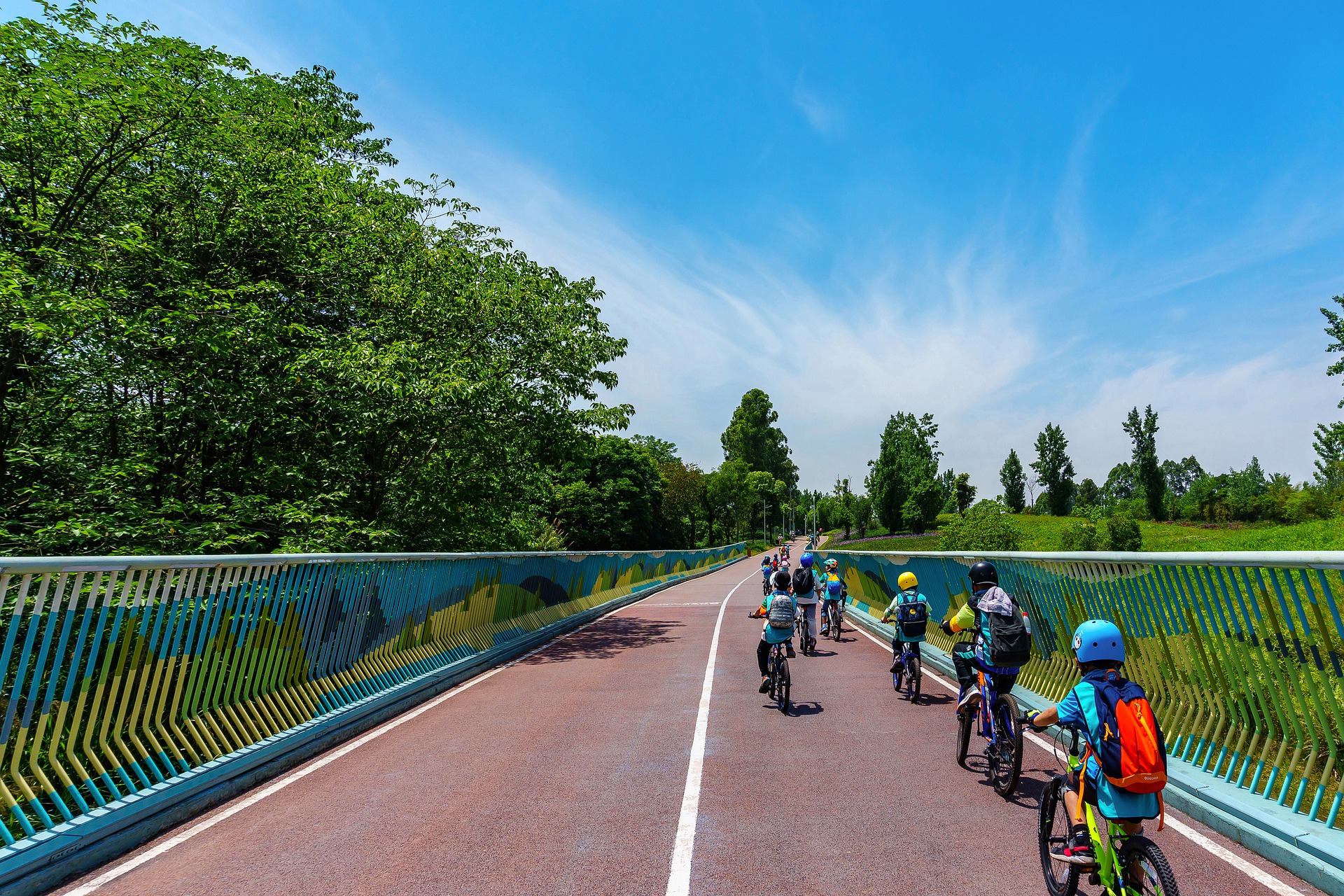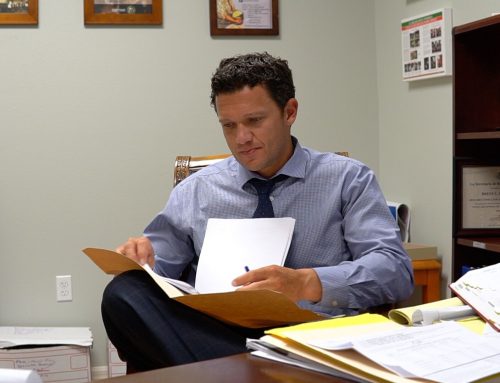Here in South Florida, we love being outside and enjoying the sunshine. Like many other regions around the United States with warm climates, a lot of people choose to leave their car at home and ride their bikes around town. While bike lanes are becoming more prevalent in many places, traffic is also increasing, which begs the question – are bicycle lanes really safe enough for us all to share the road?
The answer differs based on the type of bike lane in question. Protected bicycle lanes – kept apart from traffic by physical barriers often make cyclists feel more secure, but the buffers vary in terms of safety. Some actually cause as many injuries as they prevent.
For the most part, street-level lanes protected in this way pose a greater risk for injury. Traditional bike lanes — those separated from traffic by painted lane markings – have proven to be less dangerous. As you might expect, protected bicycle lanes that are elevated from the road are the safest, although there aren’t many of them in the U.S.
A 2019 report released by the Insurance Institute for Highway Safety studied the injury risks associated with various cycling infrastructures and made recommendations to make bike riding safer. The study was completed at a time when cycling fatalities were increasing. In fact, the number of bicyclist death grew by 25% between 2010 and the time of the study.
Experts compared the potential of a crash on a major road with no bike infrastructure to two-way protected bike lanes. Bicycle lanes on bridges or raised on greenways were safer than those mixed with traffic, an expected result. The study also revealed:
- Cyclists in street-level protected lanes were more likely to encounter vehicles while crossing intersections and driveways rather than in the bicycle lanes themselves.
- Busy intersections and two-way bike lanes were most hazardous when motorists were turning.
- Pedestrians entering street-level bike lanes from the curb often caused cyclists to swerve and fall.
- Cities with more feet of protected lanes per square mile experienced fewer deaths and serious injuries.
- Bicyclist crashes in street-level protected lanes were typically less severe than in other types of lanes.
- Local roads experienced the most minor incidence of a crash or falls.
- The traditional bike paths proved to have a lower risk on major roads, and the risk was highest at intersections.
Bike Lanes -The Paradox
As mentioned above, conventional bike lanes consist of painted lines on the road. Protected bike lanes are built with physical barriers between the traffic and the cyclists. It seems to defy reason that painted lines would be safer than physical barriers, but the data strongly points towards that fact. Researchers believe the reason is that planners added traditional bike lanes to safer, wider roads in the first place, and they added protected bike lanes as people wanted more access to more minor roads.
The researchers recommend that city planners add protected bike lanes where there are few intersections or consider raised cycle crossings, popularized in Europe where cycling is more a way of life. Towns such as Sarasota and Tampa have been proactively adding bike lanes to their roadways as the population increases and bikers become more prolific.
If you were involved in an accident between a bicyclist and a motor vehicle and the other party was at fault, call the law offices of Probinsky & Cole. We represent injured parties and obtain their just compensation for damages.








